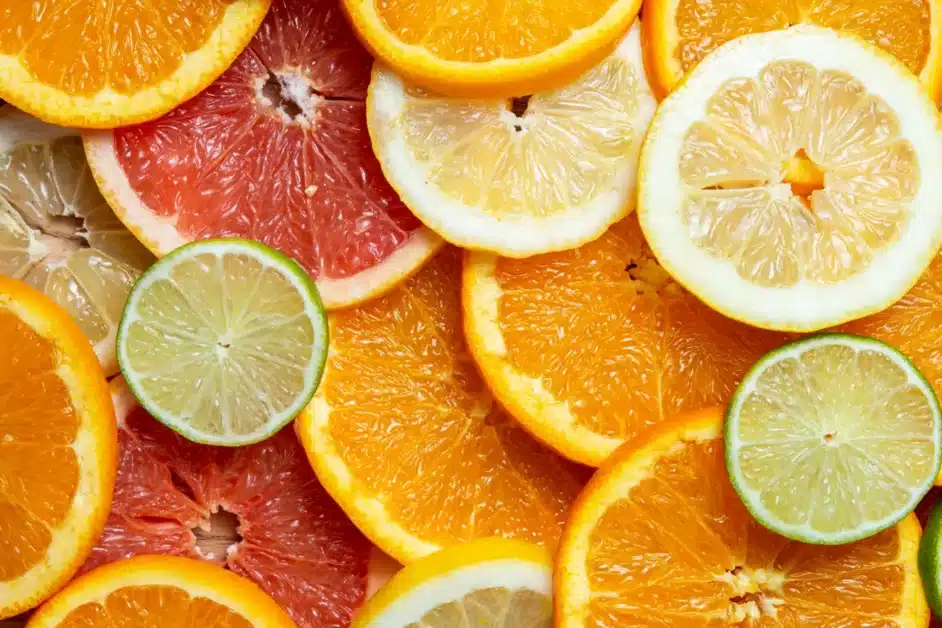Growing citrus trees in containers offers flexibility, but it also demands precision in care—especially when it comes to citrus fertilizer. Choosing the right formula and applying it correctly can determine the difference between healthy fruiting trees and stunted, chlorotic plants. This comprehensive guide explores the best practices for using citrus fertilizer in potted environments, helping you optimize growth, minimize nutrient waste, and promote plant resilience.
Choosing Citrus Fertilizer for Potted Citrus Varieties
Selecting the appropriate citrus fertilizer starts with understanding the nutrient needs of container-grown citrus. Unlike in-ground trees, potted citrus plants rely solely on what you provide, so a well-balanced and readily available nutrient source is critical.
Key nutrients citrus trees need include:
- Nitrogen (N) for lush foliage
- Phosphorus (P) to support root and flower development
- Potassium (K) to enhance fruit quality and disease resistance
- Micronutrients such as magnesium, iron, boron, and zinc
Products like Biofast (12-12-12 NPK with humic and fulvic acids) are ideal for comprehensive citrus fertilizer applications, delivering a balance of primary and secondary nutrients plus organic acids for enhanced nutrient uptake. For potassium-rich feeding during fruit development, Ugarit 10-10-40 + TE offers a high-potassium suspension with trace elements tailored for citrus crops.


How Container Size Impacts Citrus Fertilizer Requirements
The volume of your container influences both the frequency and dosage of citrus fertilizer applications. Smaller containers dry out faster and can accumulate salts, which can affect root function and nutrient absorption.
Factors to consider:
- Soil volume: Less soil means fewer stored nutrients.
- Drainage: Frequent watering leaches nutrients, requiring more frequent feeding.
- Growth rate: Fast-growing citrus trees in small pots have higher nutrient demands.
To support container-bound trees, products like CALCIMAG (15% N, 22% CaO, and 3% MgO) can supplement calcium and magnesium, two nutrients often deficient in potting mixes.
READ MORE: Citrus Fertilizer vs General Purpose Fertilizer: Key Differences
Avoiding Root Burn with Proper Citrus Fertilizer Dosage

Over-fertilizing potted citrus can lead to fertilizer burn—a condition where excess salts in the root zone cause dehydration and root damage. Citrus fertilizer should always be applied according to the plant’s stage and the manufacturer’s guidelines.
To prevent root burn:
- Dilute concentrated fertilizers before applying.
- Use slow-release or gel-based fertilizers like Biofast for controlled nutrient release.
- Avoid fertilizing dry soil; always water before and after application.
- Apply citrus fertilizer evenly around the root zone, not just at the trunk.
Fertilizers such as Ugarit 25-25-25 + TE, a balanced NPK with trace elements, are ideal for steady, uniform feeding and help reduce the risk of burning sensitive roots.
When to Water After Applying Citrus Fertilizer in Pots
Timing irrigation in relation to citrus fertilizer application ensures nutrients reach the roots efficiently and reduces the chance of nutrient loss through leaching.
Best watering practices include:
- Before application: Water lightly to moisten the root zone.
- Immediately after application: Deep watering helps nutrients move into the soil profile.
- Avoid waterlogging: Ensure proper drainage to prevent root rot.
Liquid formulations such as SULPHOMIN (45% N, 15% SO?, 25% organic matter) integrate well with watering routines, making them suitable for fertigation in containers. These blends also improve soil microbial activity and structure over time.
READ MORE: How Citrus Fertilizer Supports Tree Growth Through All Seasons
Monitoring Plant Response to Citrus Fertilizer in Containers

Observing how your citrus tree responds to citrus fertilizer helps fine-tune your fertilization plan. Common visual indicators can guide nutrient adjustments:
Look for these signs:
- Dark green leaves and vigorous growth: Indicate optimal nitrogen levels.
- Yellowing between leaf veins (chlorosis): Often caused by magnesium or iron deficiencies.
- Poor flowering and fruit drop: May signal phosphorus or potassium imbalance.
- Salt crust on soil surface: Suggests over-fertilization.
For targeted correction, SULFOMIX provides essential micronutrients (Fe, Zn, Mg, Mn, Cu, B, Mo) in a suspension that addresses visible deficiencies without overloading the soil.
Ideal Citrus Fertilizer Application Schedule for Containers
Creating a seasonal schedule ensures your citrus trees get the nutrients they need when they need them.
Recommended schedule:
- Spring (growth onset): High-nitrogen fertilizer like Ugarit 40-10-10 + TE to support new leaves.
- Summer (flowering and fruit set): Balanced formulas like Biofast or Ugarit 27-27-27 + TE.
- Late summer/fall: Increase potassium with Ugarit K-T-S 25 or Ugarit 0-5-65 to enhance fruit ripening.
- Winter (dormancy): Minimal to no feeding unless growth is active in warm climates.
Adjust feeding based on the plant’s visual cues and container size.
READ MORE: Understanding Citrus Fertilizer Nutrients: NPK Ratios Explained
Citrus Fertilizer Application Methods for Potted Trees
Different application techniques influence how effectively the plant uses nutrients.
Main application methods:
- Top dressing: Spread dry fertilizer over soil surface; water in.
- Fertigation: Combine liquid citrus fertilizer with irrigation (ideal with SULPHOMIN or Ugarit Multi).
- Foliar feeding: Spray micronutrient solutions like Ugarit Beet directly on leaves for rapid correction.
Use a combination of these methods based on season, growth stage, and observed deficiencies.
Conclusion: Optimize Citrus Growth with the Right Fertilizer Strategy
Successful container citrus gardening depends on understanding your plant’s nutrient needs and delivering citrus fertilizer with precision. From selecting the right formula to monitoring plant response, every step counts.
Whether you choose a balanced NPK like Biofast, a high-potassium blend like Ugarit 0-5-65, or a trace-element supplement like SULFOMIX, matching your fertilizer program to your plant’s stage will yield healthier trees and more flavorful fruit.
Ready to boost your citrus yields in pots? Explore our full range of citrus fertilizer solutions like Biofast, SULFOMIX, and Ugarit formulas tailored to your crop’s lifecycle. Contact our team for personalized guidance or visit our website to learn how YaraFert can help your citrus thrive year-round.
READ MORE: A Beginner’s Guide to Using Citrus Fertilizer for Fruit Production




